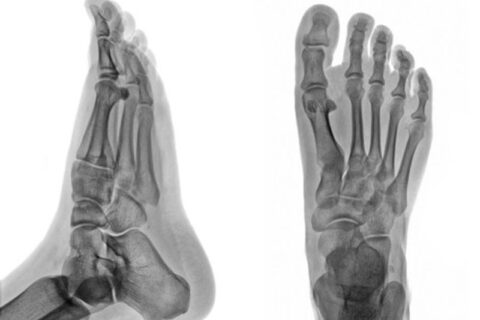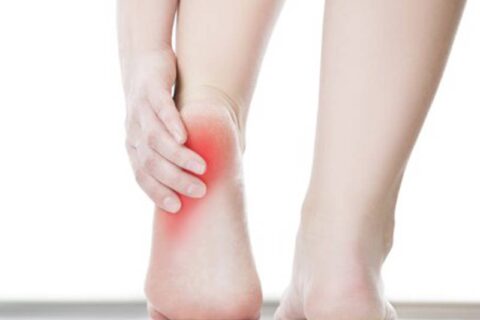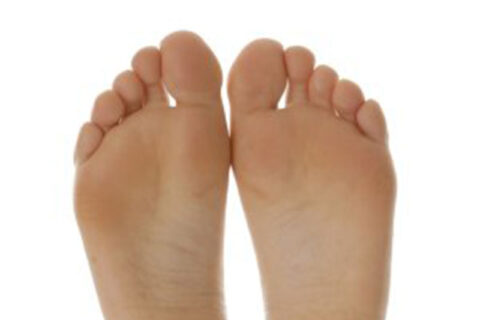Category: Plantar Fibroma
Bunions can be a source of ongoing pain and swelling that can affect your ability to walk and perform your daily routine. If you have a bunion, then…
X-rays are an important diagnostic tool for foot doctors. They allow doctors to evaluate a problem and to track the effectiveness of the…
If you undergo foot surgery, you will receive anesthesia for your comfort and manage your pain. The type of anesthesia you receive depends on the…
One common condition that foot specialists near Sugar Land can treat is plantar warts. Plantar warts are skin growths that are caused by viral…
There are a variety of foot conditions that a podiatrist can treat, including flatfoot. If you are suffering from foot pain on a regular basis,…
Plantar fasciitis is a common and painful condition that affects the plantar fascia, the ligament that runs from the heel along the bottom of the…
Ganglion cysts are fluid-filled masses that can cause discomfort. Although ganglion cysts most commonly appear on the wrists and hands, they can and…






